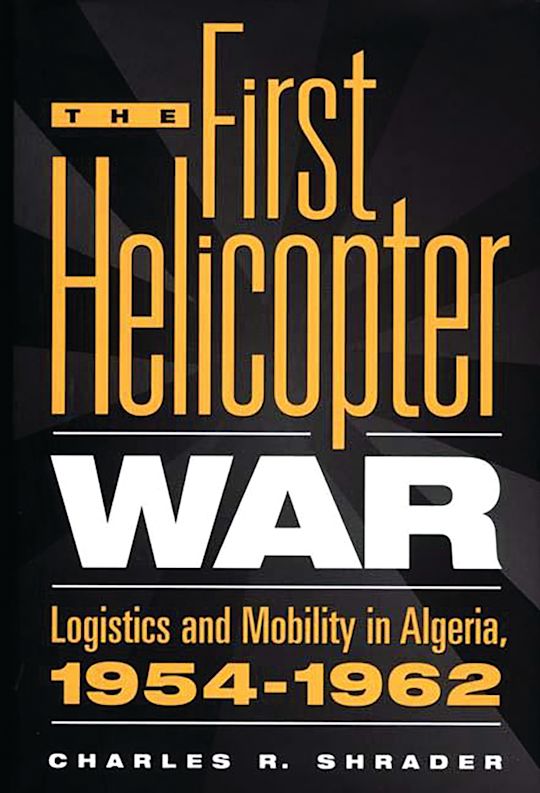Developing de-centralized command and control for air assets, the French military fielded new American and French helicopters and incorporated them into their methods for clearing insurgent areas and conducting rapid, detailed reconnaissance. The helicopter provided the French the capability to employ their mobile strike groups quickly. In Algeria, the French were positioned to conduct air assaults of up to two battalions at a time almost everywhere.34 Additionally, the French maximized their use of piston-driven, fixed-wing propeller aircraft for close air support (CAS) and reconnaissance. Operating from austere areas, with minimal maintenance, French air assets could maintain constant surveillance coverage over large sections of Algeria. The smaller, more maneuverable aircraft provided excellent fire support to small elements engaged with guerilla elements of the ALN.
FM 3-24 recommendations on air power in the counterinsurgency fight validate French efforts with aviation in Algeria. Building aviation platforms to be mobile, lighter, and capable of multiple roles (reconnaissance, lift, attack), the French maximized their capabilities in conducting counterinsurgency operations. Moving troops and supplies quickly, with little warning kept insurgent forces off-balance and vulnerable to destruction. Constant surveillance limited the ability of insurgent forces to maintain freedom of movement and reduced their ability to mass for attacks. Additionally, the French understood that bombing and aerial attacks alone could not completely defeat the enemy, and often provided the insurgent with issues to be exploited by propaganda. Because targeting is difficult in counterinsurgency operations, the French focused their
airpower efforts on rapid movement of men and material and surveillance.



